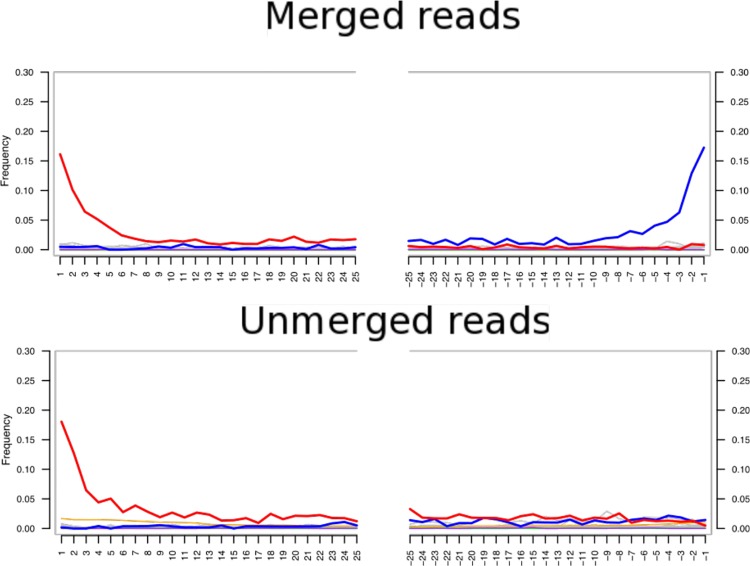Fig 3. C to T nucleotide misincorporations for the first and last 25 bases of endogenous mtDNA fragments.
Red T; green C; blue A; purple G. The top panel shows that merged reads have an increased frequency of T at the 5’ end and A at the 3’ end (G to A misincorporation on the opposite strand of C to T misincorporation), a typical pattern of ancient DNA damage [35, 36]. The bottom panel shows that unmerged paired-end reads have an elevated frequency of T at the 5’ end, but in contrast with the above panel no increase in A at the 3’ end. This has occurred because mapDamage utilizes only the first read of a pair to calculate these frequencies. As the end of the first-read does not contain the sequence of the entire molecule, we would not expect to see an elevated A frequency at the end of the read. Therefore, these results are consistent with the unmerged reads originating from larger DNA fragments being ancient.

